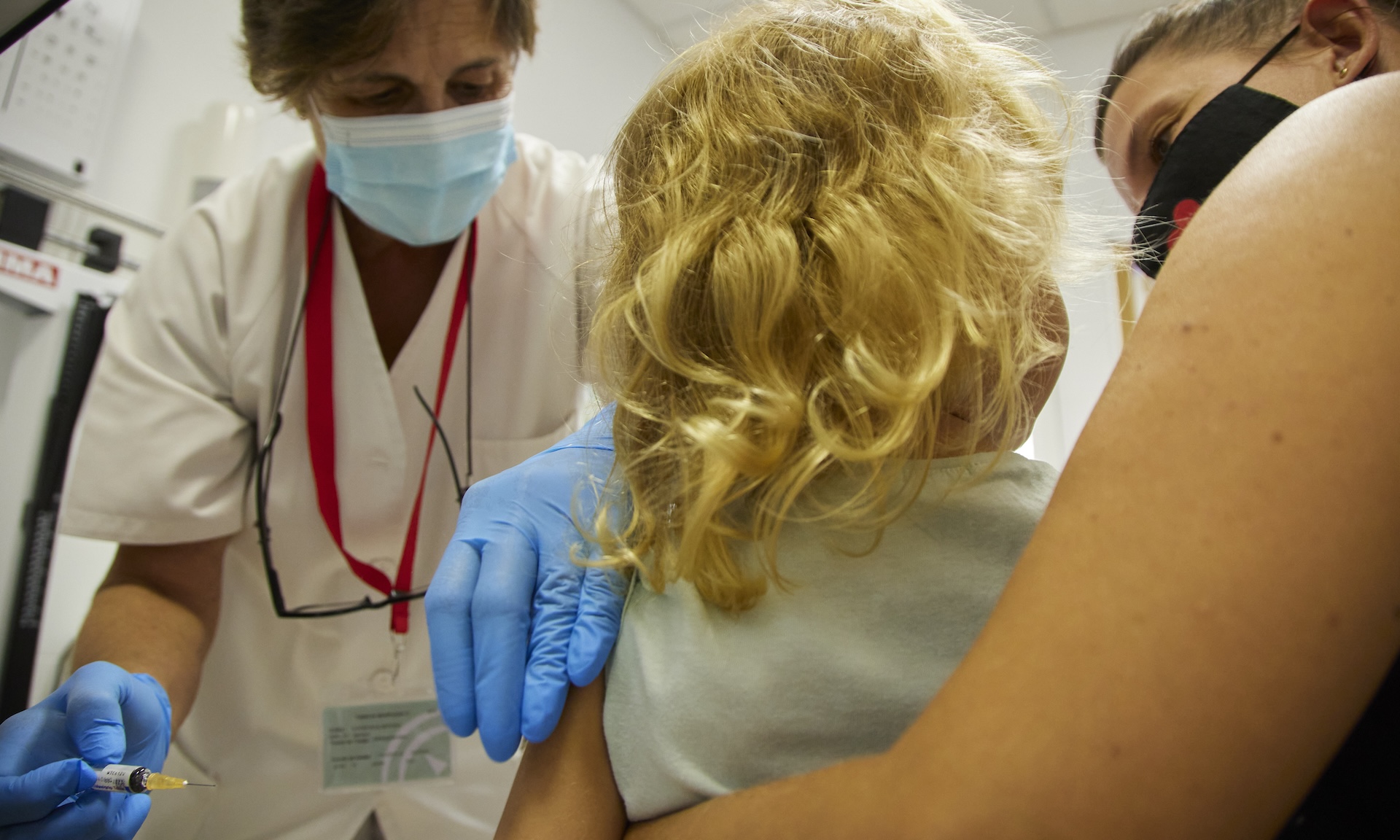In Photos: National Zoo Animals Play in the Snow
Giant panda
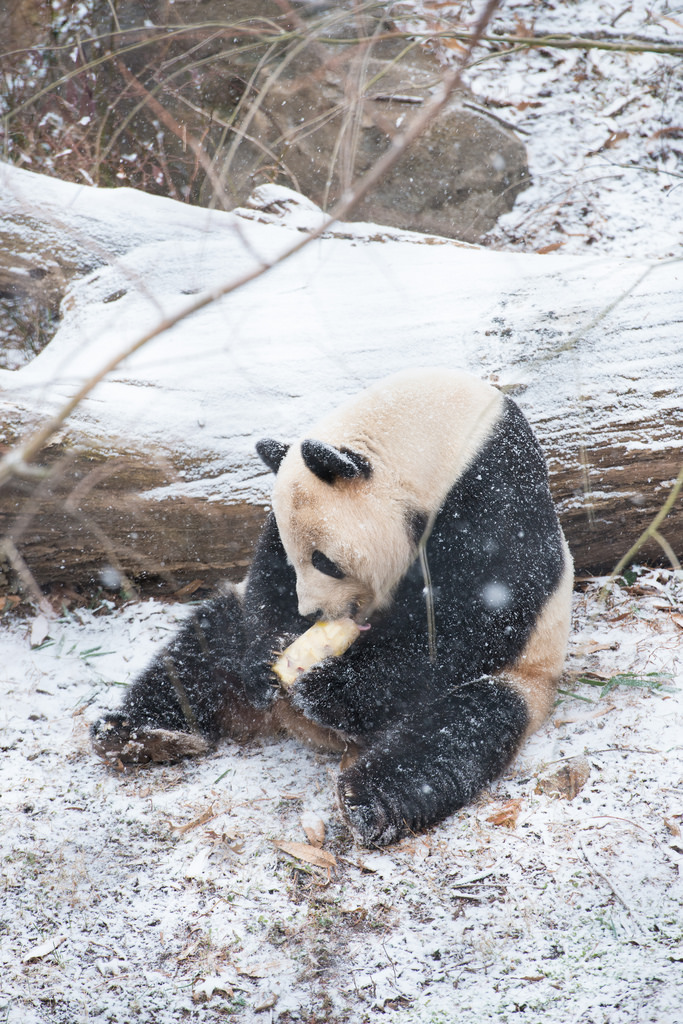
The cold-loving animals in Smithsonian's National Zoo in Washington, D.C. got out to enjoy the snow today.
Giant panda
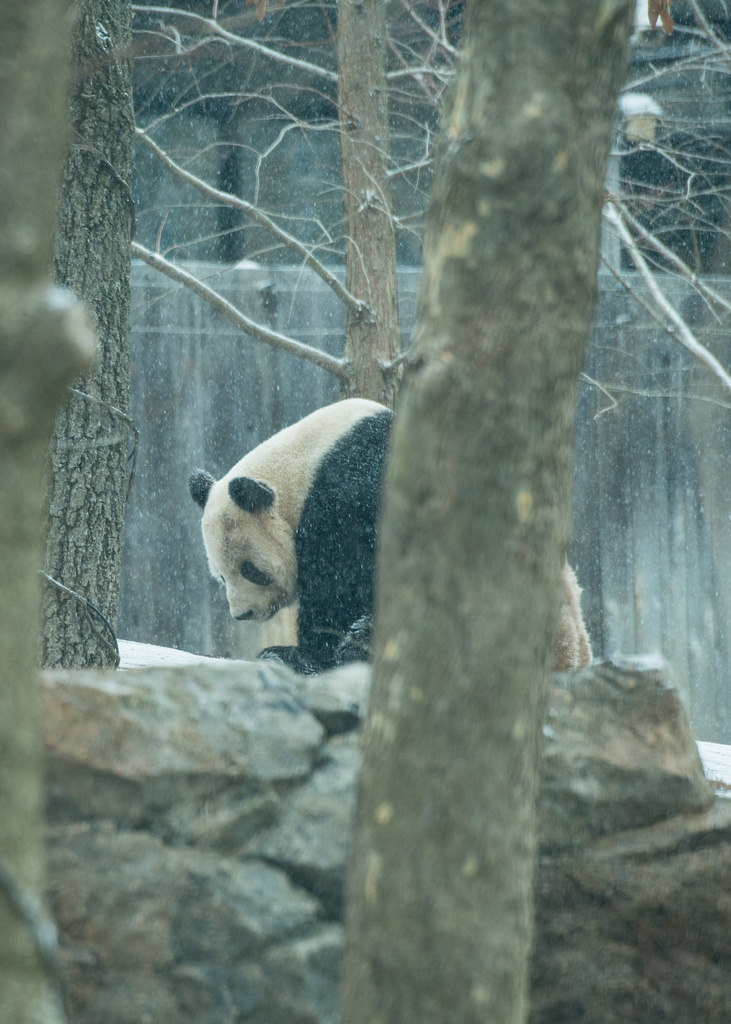
The National Zoo has several giant pandas: Mei Xiang, Tian Tian and baby Bao Bao.
Red panda
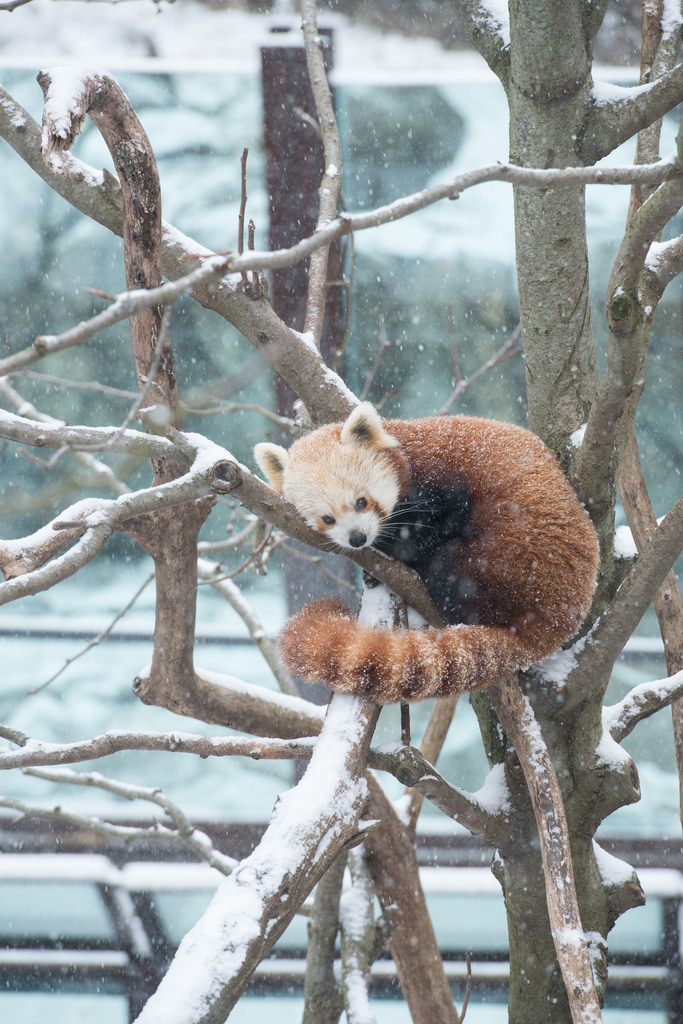
Red pandas were the first species to be called "panda."
Red panda
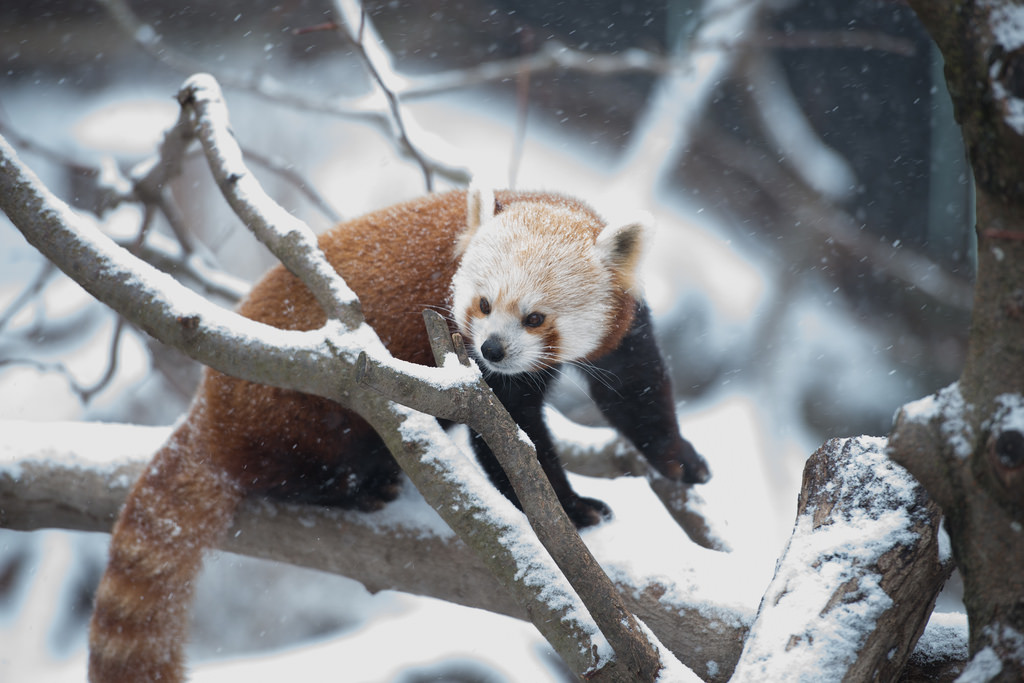
Originally classified in the bear family, red pandas are now the sole species in family Ailuridae.
Red panda
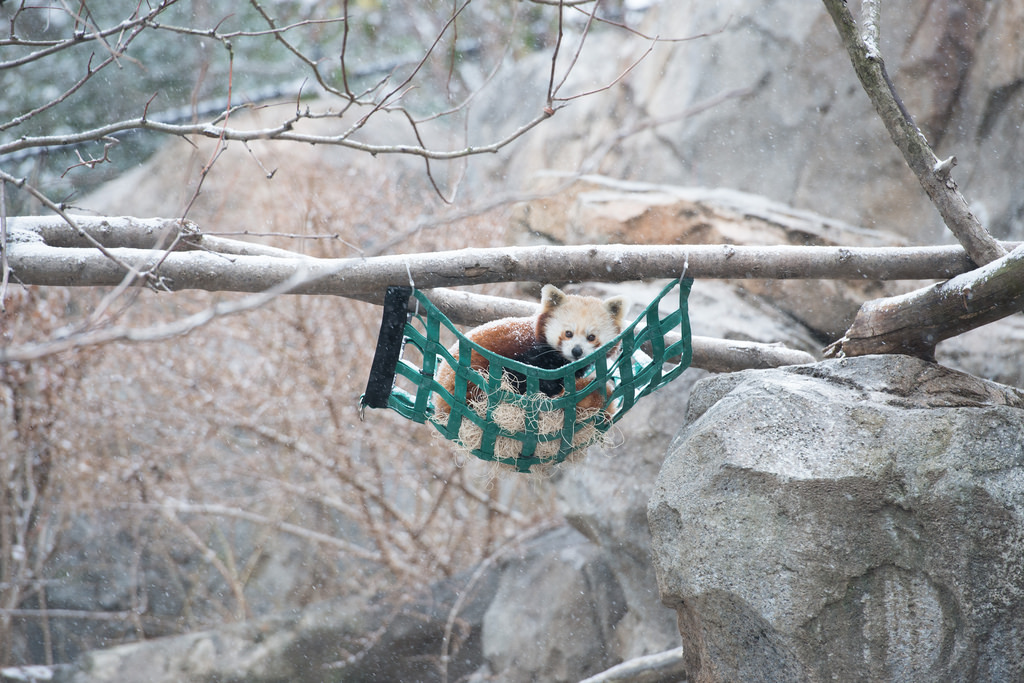
They resemble raccoons and their Asian habitat overlaps with that of giant pandas.
North American river otter
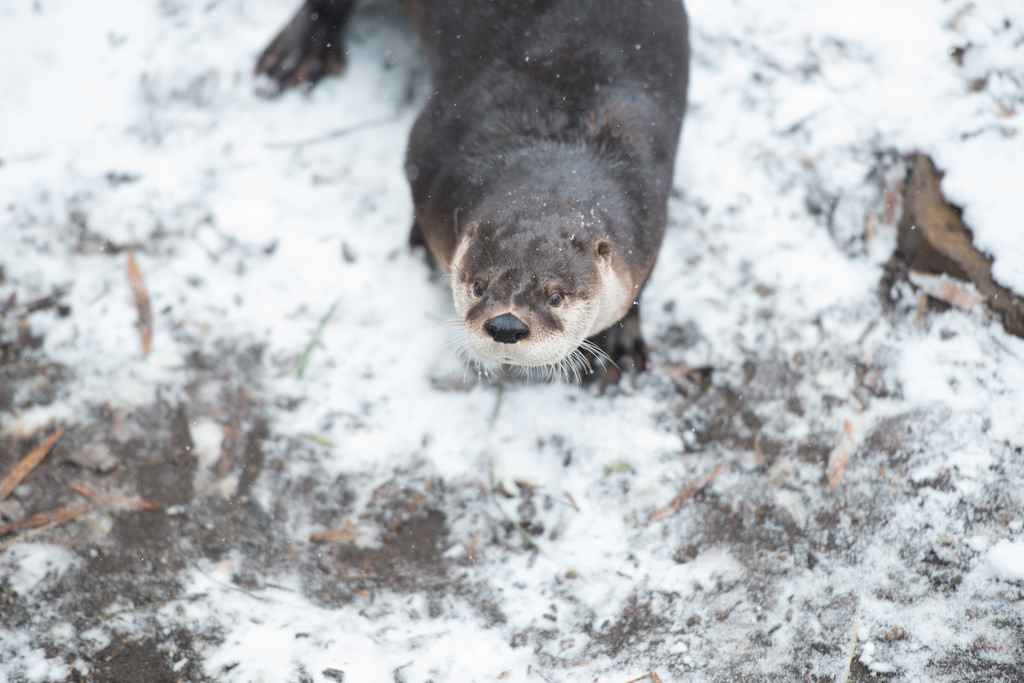
River otters are very social animals.
North American river otter
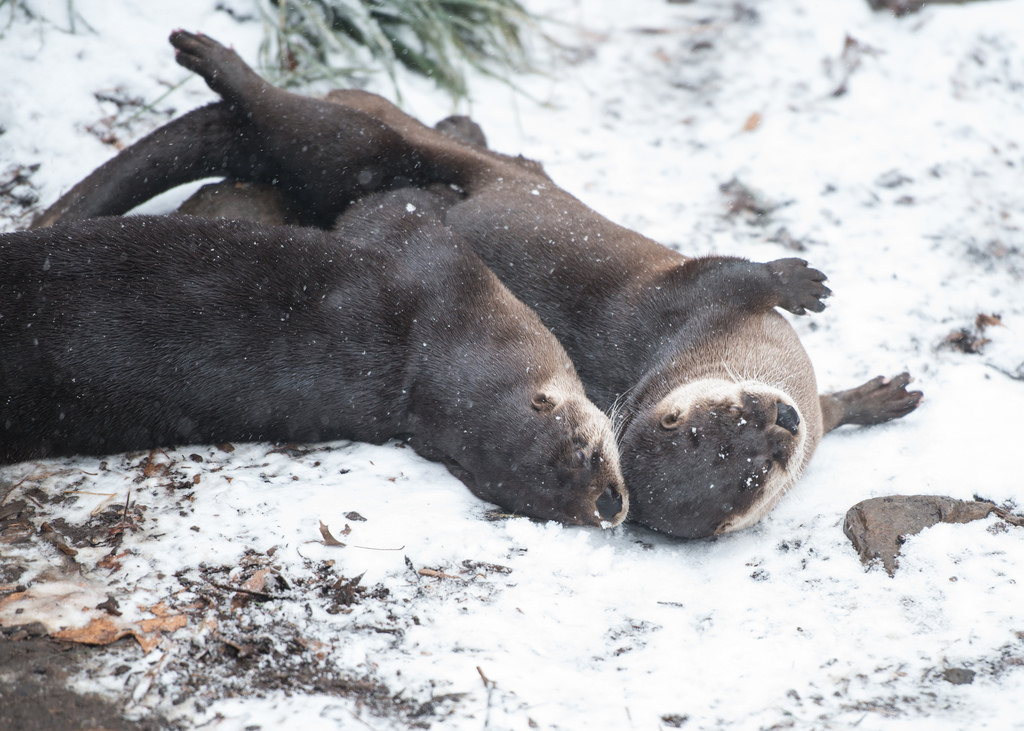
Their thick undercoat keeps them warm during winter.
Get the world’s most fascinating discoveries delivered straight to your inbox.
North American river otter
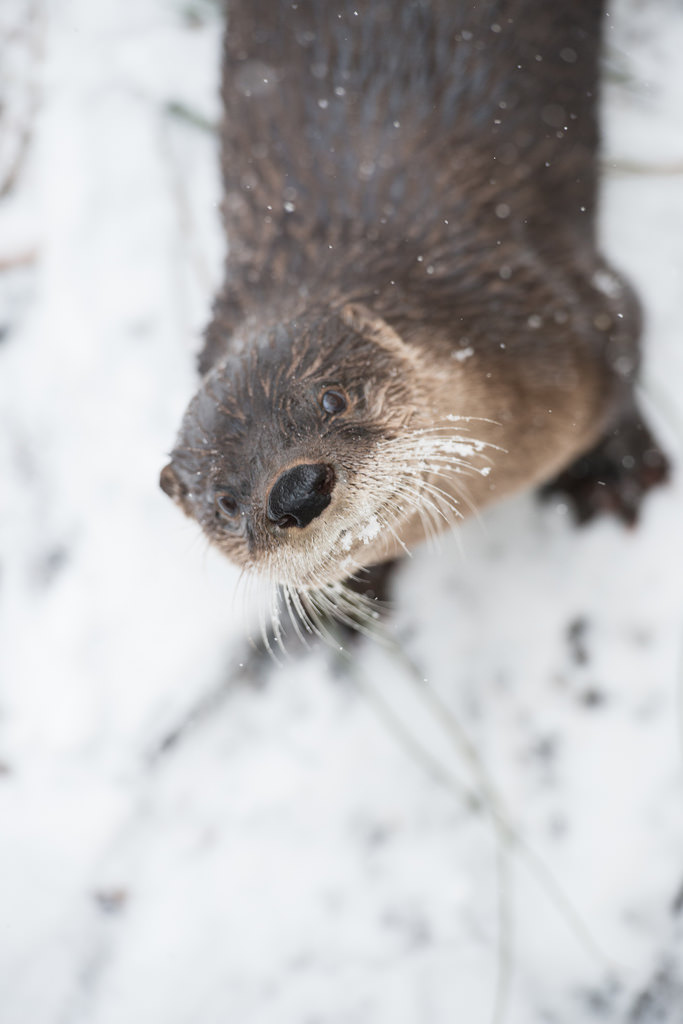
Otters' bodies are streamlined and have long tails for swimming.
California sea lions
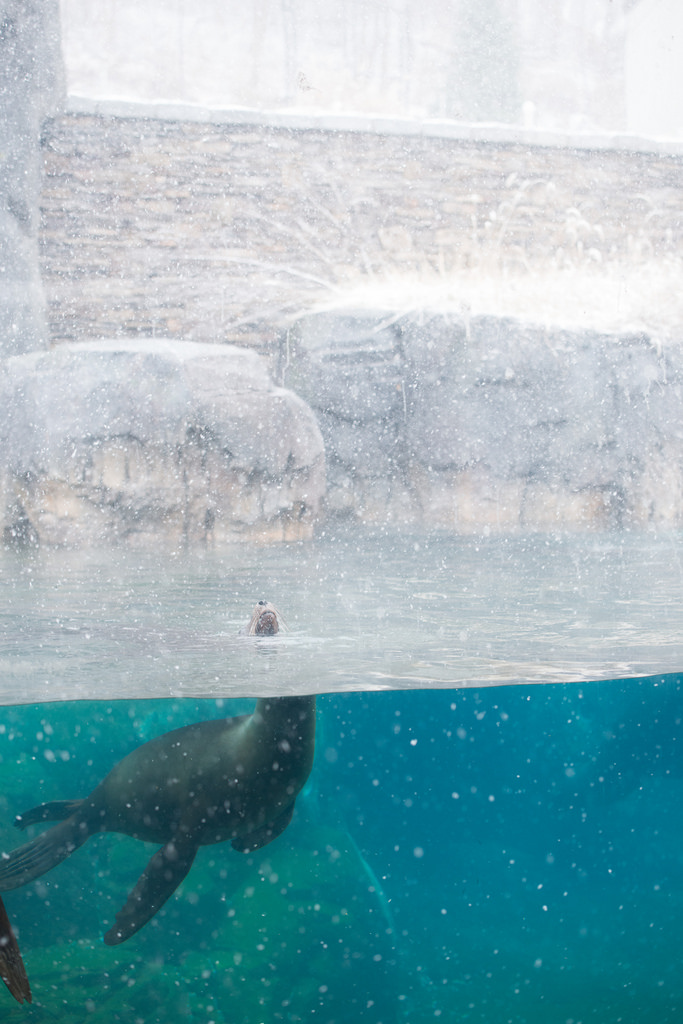
The Smithsonian’s National Zoo is home to four female California sea lions: Sidney (3 years old), Summer (7 years old),Calli (7 years old) and Sophie (1 year old).
California sea lions
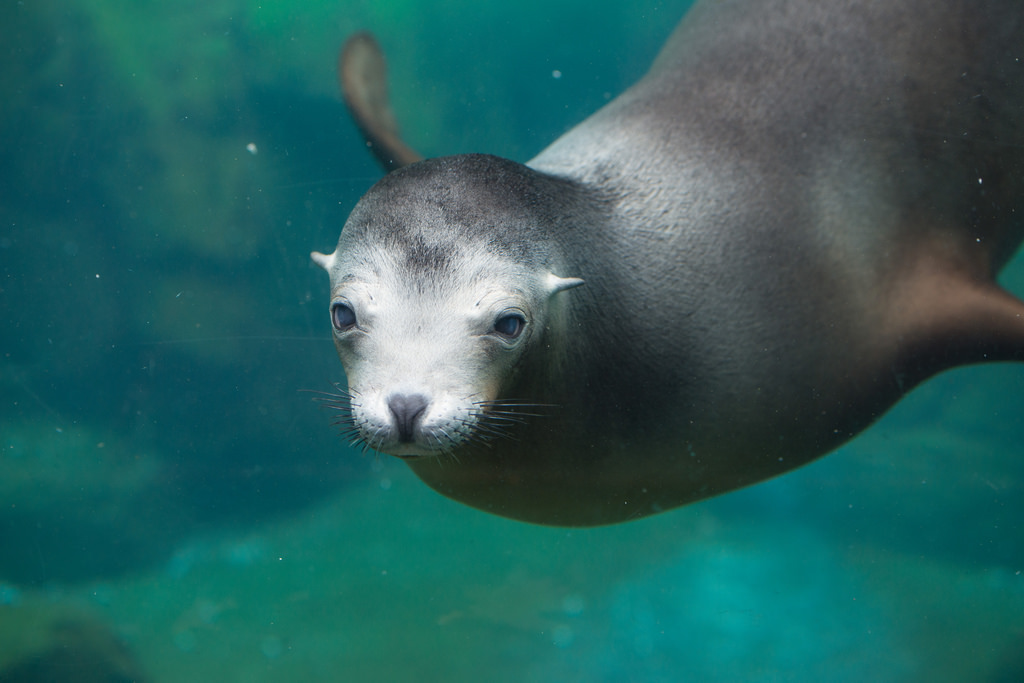
Fisherman once hunted sea lions for their skin or oil.
California sea lions
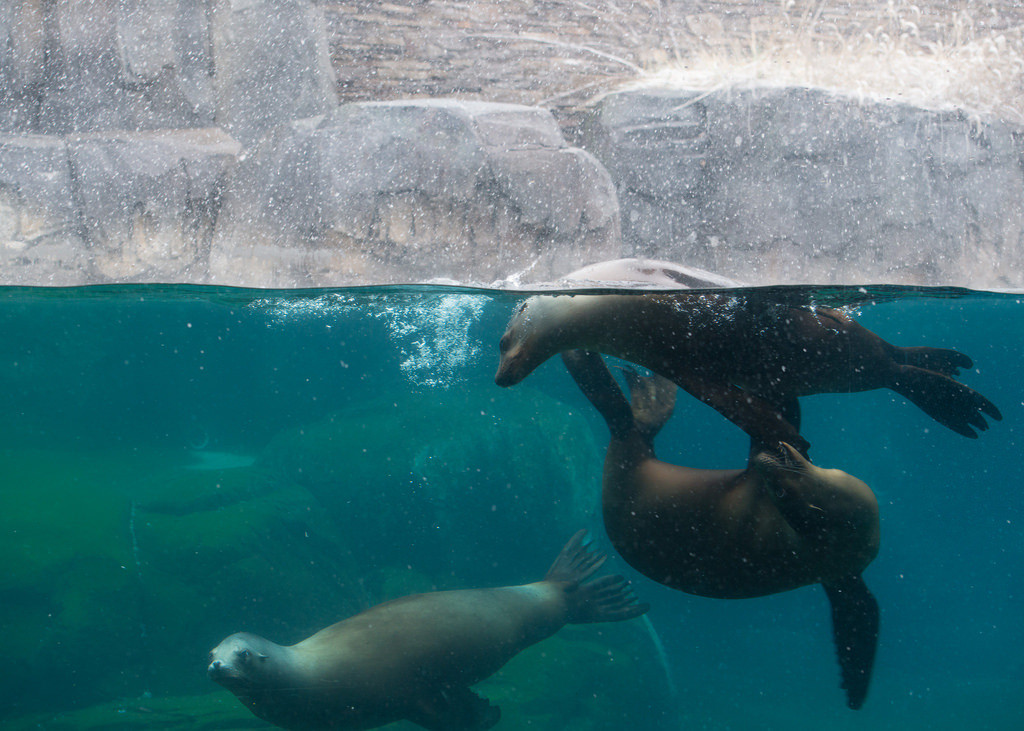
Under the protection of national law, some populations of sea lions have rebounded.



